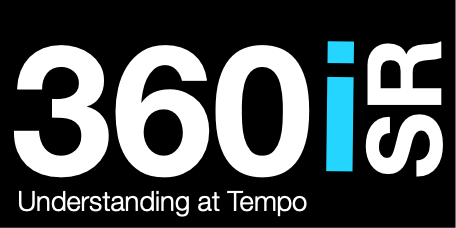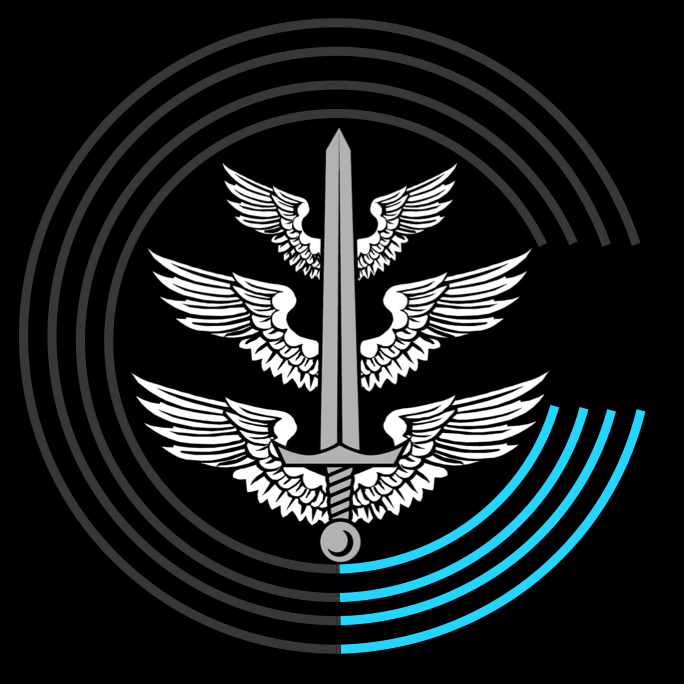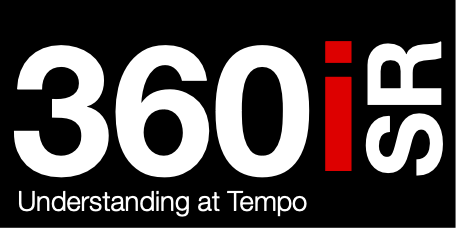The Future of ISR. Part 1
In the beginning, there was… an idea
The 20th and 21st Centuries have offered us many opportunities to learn. From the great freeze after World War 2 and the subsequent great thaw in the 1990s and Partnerships for Peace to GWOT, the military has seen massive and dramatic change; however, amongst this chaos, one thing remained true: the irrefutable truth is that intelligence forms the foundation of all military operations.
Military change has been documented throughout history from the ancient Sun Tsu to contemporary commentators and doctrine. Sun Tzu offered that intelligence and foreknowledge distinguish a successful general from an ordinary man. Clausewitz, however, in his famous statement suggested [On War] that "many intelligence reports in war are contradictory; even more are false, and most are uncertain. In short, most intelligence is false". So where are we and what can we learn? Perhaps the answer is in a more modern document, the UK Joint Doctrine Publication 2.00. This document asserts, "the centrality of influence and understanding is undeniable."
Change is inevitable and how rapid change occurs is beyond our control, however, how we deal with change is very much in our hands and that is the focus of this article: how can you understand the change and implement an ISR system that can contend with the now, and the next.
War….[Huuuu]… What is it good for?
War is violent. Clausewitz told us this over a century ago. More recently General Cavoli, the current SACEUR, amplified this message with the words, "The great irreducible feature of warfare is hard power, Kinetic effects are what produce results on the battlespace. If the other guy turns up with a tank… you better have a tank." Whilst this may be true, we have to consider the broader concept of war and the very term "violence". As war is a political act occurring within societies, its specific character, and the character of violence, is shaped by those politics and societies—what Clausewitz termed the "spirit of the age." Today, this spirit is dominated by information. And it is within the information domain that violence resounds rebounding in the echo chambers of isolation.
Violence, be it physical or non-physical aims to psychologically alter the will and perceptions of the target audience. This, after all, is the purpose of war and a goal we must never lose sight of.
Physical force has dominated warfare for millennia, and we are good at it. We observed the ebb and flow of slowly developing tactics from attrition in WW1 to manoeuvre in WW2 and then to the relative stability of the Cold War. Through this period, the West developed systematic processes to understand the adversary. The intelligence community focused on slowly developing Soviet Union targets and refined their procedures to identify critical intelligence requirements and systematically addressed these requirements by identifying and answering subordinate essential elements of information. This process is now known as Intelligence Requirements Management (IRM). The IRM system worked well against Soviet targets and allowed Western powers to understand capabilities and threats at the tempo required during the Cold War.
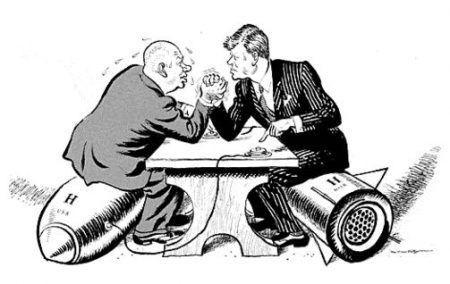
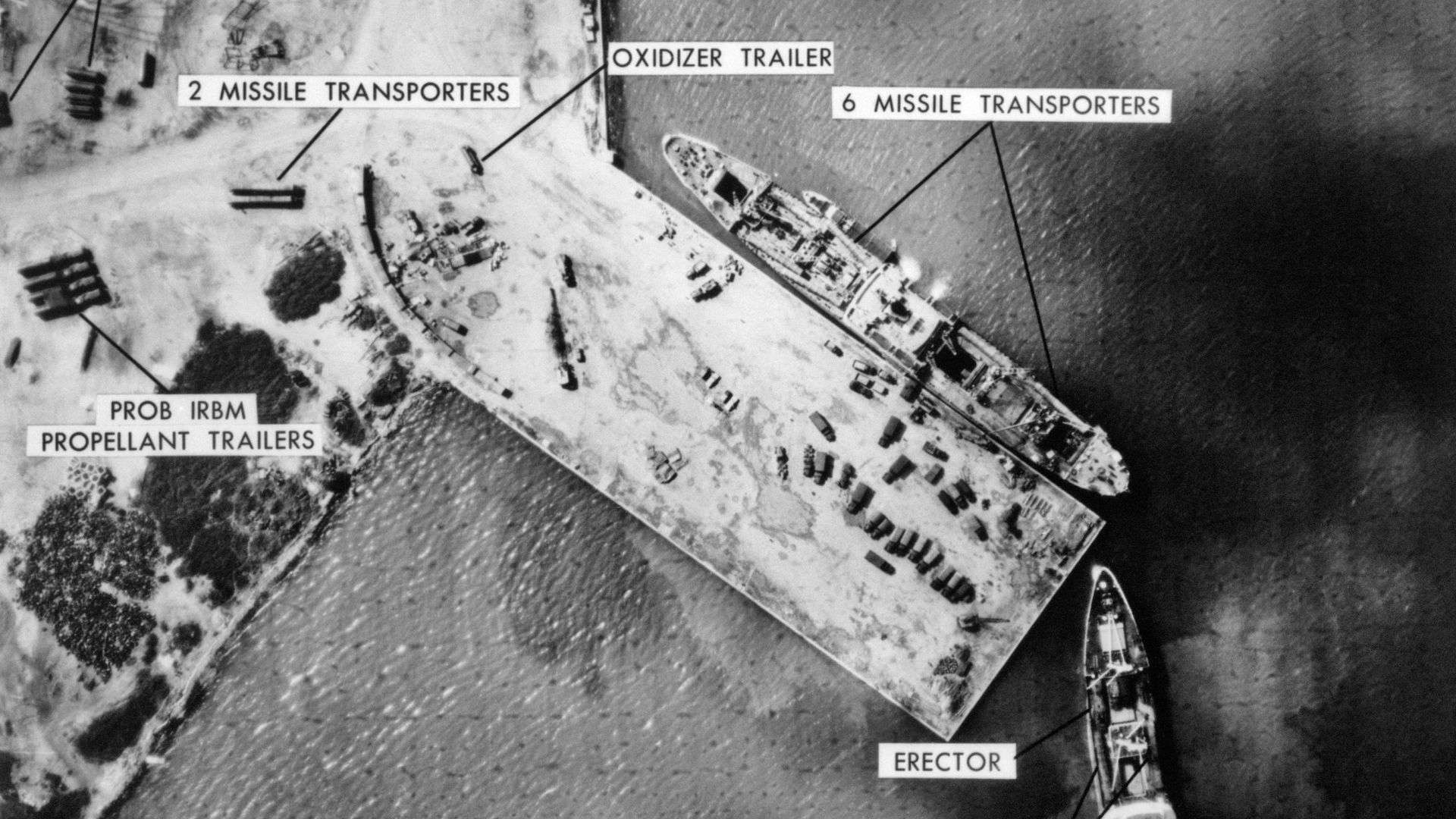
And then the world thawed…rapidly
Since the turn of the millennium, the rate of change in the character of war has become the dominant feature of the battlespace. The world dramatically changed on September 11, 2001. As the dust settled around New York, plans were made for what would be known as the Global War on Terror and, almost overnight, warfare changed. Three weeks later, coalition forces were in Afghanistan. We fought with the procedures that we had as we had no time to even think about the ISR process, let alone the nature of the battlespace. The procedures born in the Cold War and realigned during the Dividends for Peace period were now deployed to fight an opponent that did not conform to the Western concept of conflict.
Gone were the unchanging target sets of the Soviet Union, replaced by low contrast, fleeting opportunities offered by an insurgent adversary. Without realizing it, western forces had moved from the industrial age of 3rd generation war to the new arena of highly dynamic 4th generation counter-insurgency warfare.
We fought from the 'back foot' and military campaigning became a constant struggle to understand multiple hyperconnected groups and apply full-spectrum influence to achieve operational end state. Unfortunately, the operational end state was hidden in plain sight amongst the hearts and minds of the Afghan people: it was they who were the target audience, not AQ—an objective often misunderstood and frequently forgotten.
The coalition attempted to reach its objective with activities ranging from hard targeting to Provisional Reconstruction Teams. The issue was not with coalitions' desire to do good—in that they were unquestionable—but rather that they could not measure progress made at an operational level. Unfortunately, military mechanisms were better suited for tactical physical missions than for navigating human terrain complexity. Over time, the focus shifted from the target audience to a physical fight. Jason Brown summaries this clearly when he states:

"This Industrial Age paradigm is not agile enough to meet the challenges of military operations in the Information Age."
[Brown, Jason M., Col. Strategy for intelligence, surveillance, and reconnaissance
This paradigm was no better evident than in the ISR process. This mechanism designed to identify critical intelligence requirements of pseudo-static soviet targets was now levied against a problem set that defied categorisation.
Trial and error, trial, and success
The strategic environment was becoming increasingly complex, dynamic, and competitive. We lived through an era of strategic competition where long-held assumptions became challenged daily. The old distinctions between "peace" and "war," "public" and "private," "foreign" and "domestic," and "government" and "non-government" were becoming increasingly obsolete.
The intelligence community made great strides to bridge the gap between existing processes and the mission space, and yet, even with highly educated, divergent, dynamic operators, the mechanism was not fit for purpose. The lessons identified from Afghanistan, Iraq, and Libya all identified the dislocation of the intelligence production from the decision maker.
Various strategies were proposed and tested. During 2001-2003 airborne Intelligence assets were apportioned to regions by various weighting methods: The peanut butter spread strategy saw assets 'spread across Afghanistan, regardless (more or less) of requirement or priority; the clock face strategy saw assets allocated to regional commands on a sequential basis going clockwise from 12 o'clock (RC N, RC E, RC S and RC W) again without reference to priority or effort. Many procedures were used, but many failed to address the very essence of intelligence; that it needs to connect the decision-maker to the environment so that they can manage risk and make decisions.
In 2008, coalition forces in Regional Command South conducted a study to assess the impact of ISAF on the local population. The study aimed to answer a simple question: "Does ISAF action benefit the lives of Afghan people?" After extensive data collection and analysis, the answer was a resounding "No". Two significant issues were identified.
· We prioritized national political agendas over those of the target audience.
· We failed to link tactical actions with the strategic end state.
These issues were evident during the Iraq campaign, as described by Jason Brown:
"Intelligence collection managers at the Multi-National Corps–Iraq (MNC-I) headquarters routinely tasked the U-2 to conduct change detection… Consequently, U-2 operations did not integrate with the tactical ground operations they were meant to support."
In response to this catastrophic inability to understand at tempo, the United States Air Force (USAF) embarked on redefining tactical intelligence into what we now call Intelligence, Surveillance and Reconnaissance (ISR). In 2007, work began on the ISR Theatre CONOP. A year later, ISR was defined and made relevant. This CONOP introduced radical new thinking including Problem Centric operations and Mission Type Orders.
